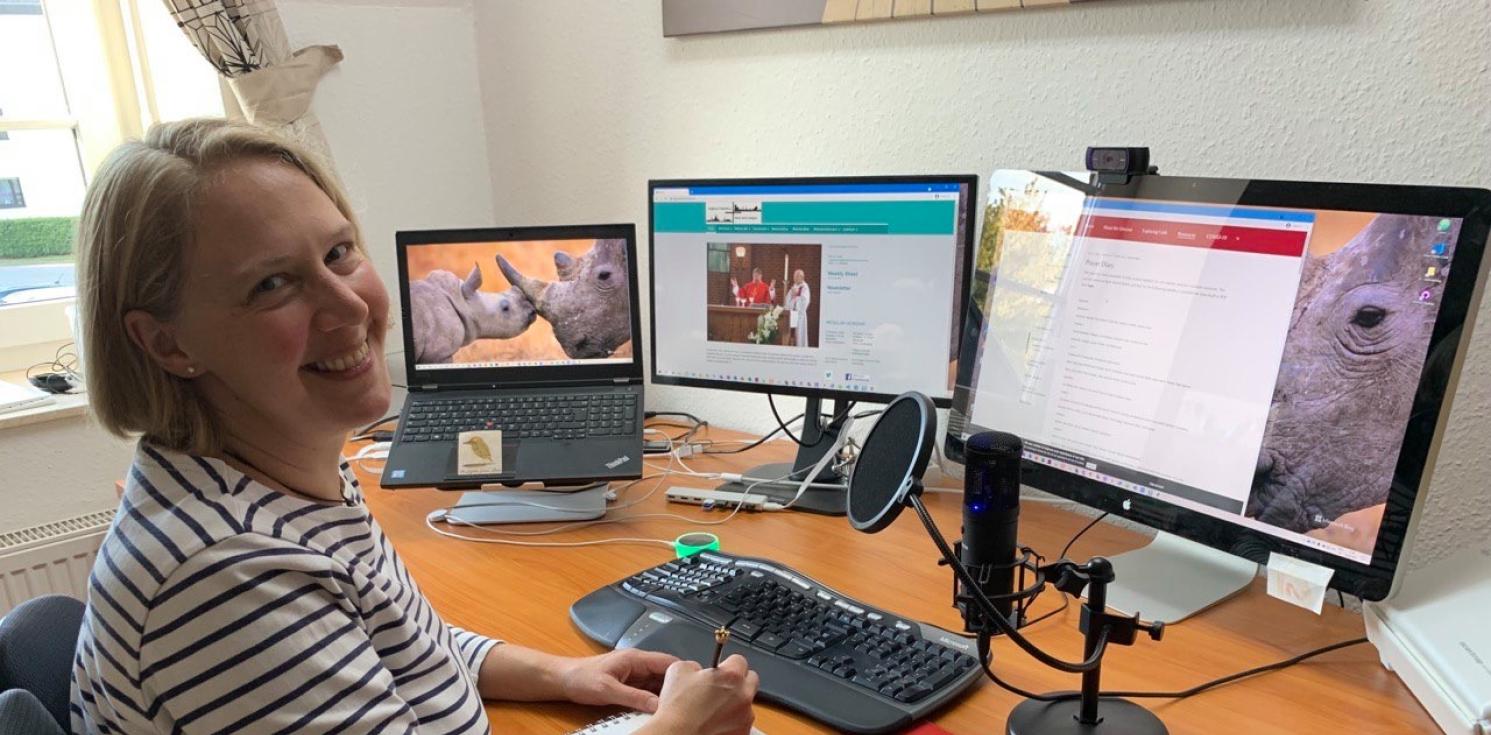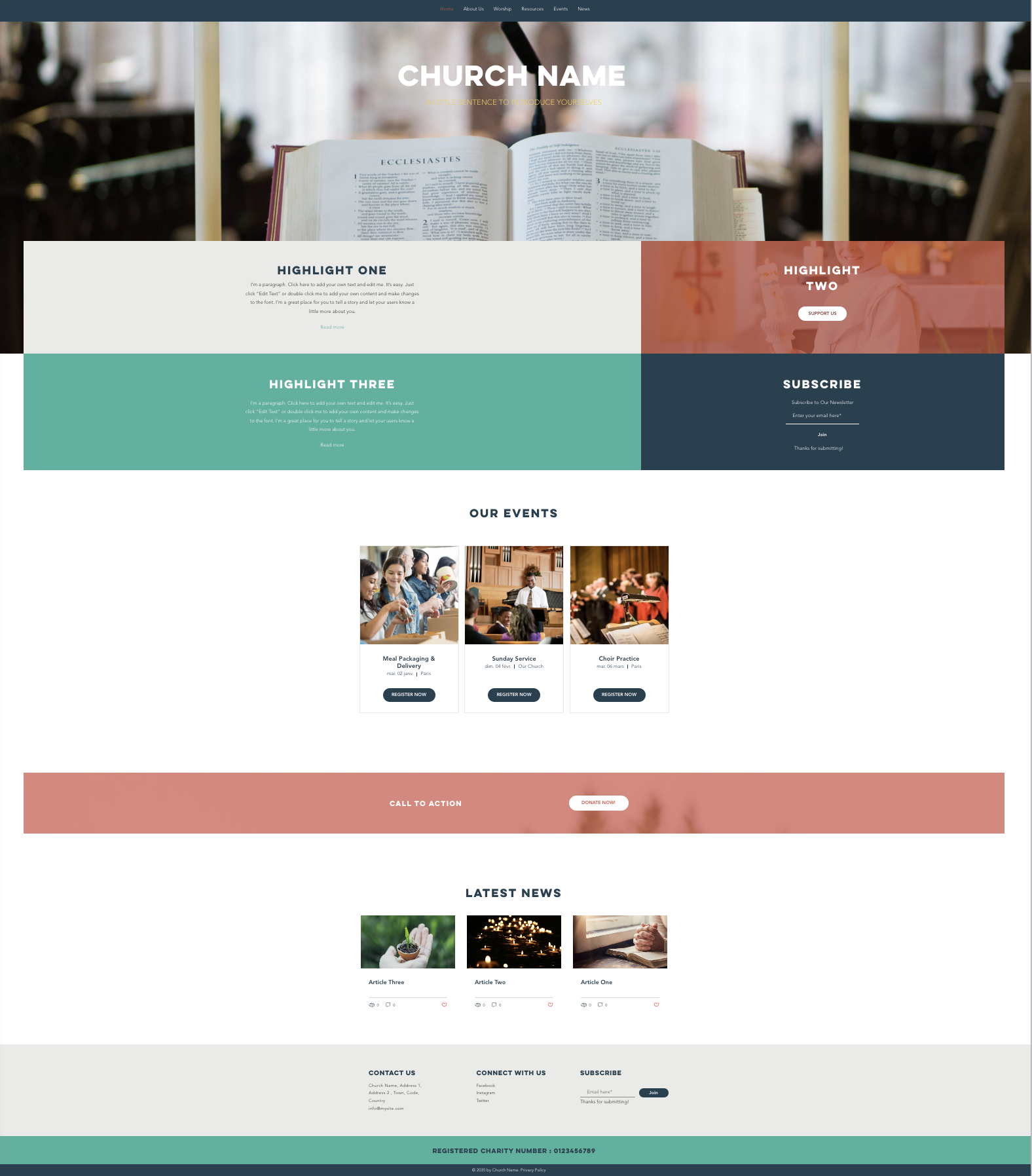Content and Design

Content Audit
Are you transferring an old website to a new one? A Content Audit is a process of assessing your existing page content and media (using the inventory listing) and deciding what information you want to display on your new site. As with the Content Inventory, cloud-based solutions can be your friend to help you organise, edit and rewrite.
Your audit could start with a simple task of downloading or copy-pasting the existing pages of your website to a text document and editing it, or you may prefer to write new content from scratch with a blank page.
If you will be providing the content for someone else to upload, they will need a clear understanding of where the content goes on the page. What is a headline, a subtitle, paragraph text etc. What a link text might say. These can of course all be changed and tweaked as you create your site but getting these elements clear will save you time later on.
Design and branding
Design and branding help us recognise who an organisation is and what it stands for. Branding is more than a combination of shapes, fonts and colours, it helps guide us to understand personality, vision, mission and values and whether these align with our own. Think of organisations you admire or have an affinity to. What is it about them that you like? What does their messaging communicate to you, what is their brand personality?
Does your chaplaincy have a logo, a set of colours and a particular typeface that people would recognise? Do you know how people might describe the personality of your chaplaincy and its website? In the writing for the web guidance, there is information on the tone of voice of the Church of England. What is the tone of voice of your chaplaincy?
If you don't have a logo or any brand assets, you may choose to have a designer create one based on your brief or a DIY option. Various platforms offer simple logo creation and colour palettes, including some website builders like Squarespace and Wix. Canva (you should be able to apply for a Pro account as a charity, see how with this helpful tool from the Church of England) is an excellent tool.
It may help you to look at the brand guidelines for the diocese to get started.
There are also some great guidelines on the Church of England website, including links to many other resources here: Creating a style guide for your church
Writing for your website
This is a technique in its own right! Here is some guidance from the Church of England - you don't have to follow these, they are simple what the Church of England use in their writing:
Church of England Tone of Voice
The Church of England’s voice is human. It’s familiar, friendly, caring and straightforward.
We are accepting and compassionate
We offer responsible, meaningful, credible support and guidance
We share our experience
We serve people at key stages of their lives. We change people’s lives. We celebrate life with them.
We are enthusiastic
We are radical. Brave in our beliefs. Joyous in our faith. We are confident. We discuss things openly.
Our language is simple, clear and common. We use Plain English.
Consider the structure of headlines, subheadings, calls to action, links to other pages, documents or external links to other sites. The use of images and graphics can help tell the story. Look at how other well-known sites do it.
Don't be afraid to sketch out page ideas to test how your content will fit on a webpage, this will also help you begin to understand the structure of your site. You can still include longer sections of text where necessary but probably not on the homepage.
You will likely go through several iterations of editing, and when it comes time to upload the content, you may find you want or need to edit it again.
If you will be providing the content for someone else to upload, they will need a clear understanding of where the content goes on the page. What is a headline, a subtitle, paragraph text etc. What a link text might say. These can of course all be changed and tweaked as you create your site but getting these elements clear will save you time later on.
How does your copy translate to a webpage?
Below are example homepage structures with placeholder copy to show you how the elements mentioned above (titles, subheadings, body copy, etc) could be displayed.
Personas
Remember to bear in mind who you are creating this website for - who do you want to inform and inspire?
What are personas?
Personas are archetypes, not real people but are constructed from the demographics, traits, needs and behaviours of your site audiences or users. They may be diverse, particularly if you have a mix of internal and external audiences. Think about example user journeys they may make on your site. Some will have commonalities, for example; learning about your church, how to contact you, where you are physically located, and what services or resources you offer.
Before creating the Church of England website, research was undertaken directly with churches and dioceses across England, alongside independent focus groups. One of the results was 9 key personas. These may be useful to read as a jumping-off point to help you consider your own user needs and even engage with your congregation and visitors to find out what they want and need from your site.
You can read examples of typical Church of England Personas here.
